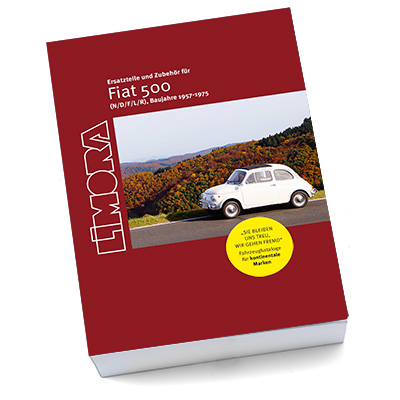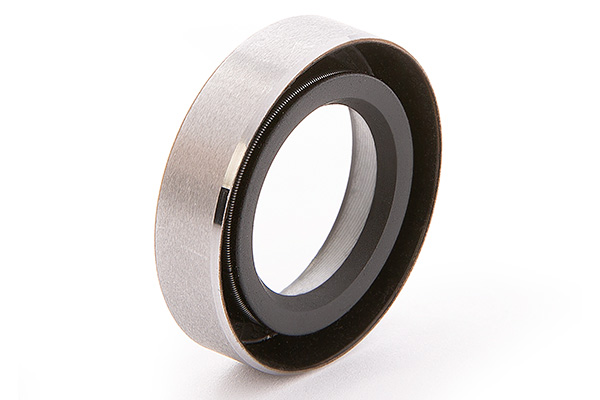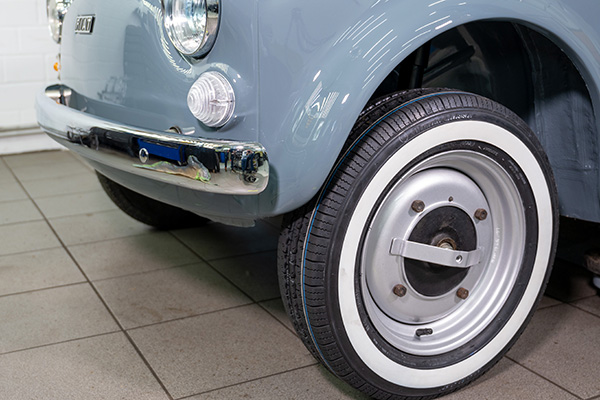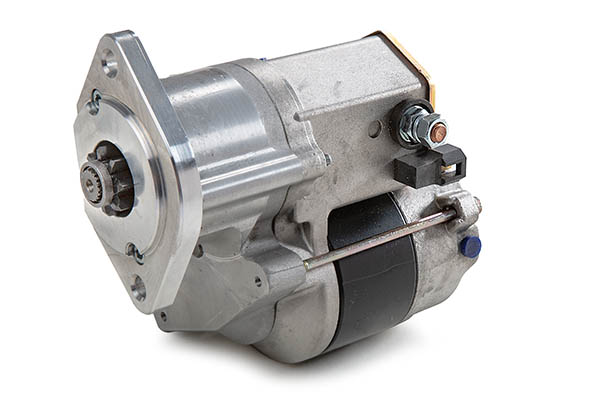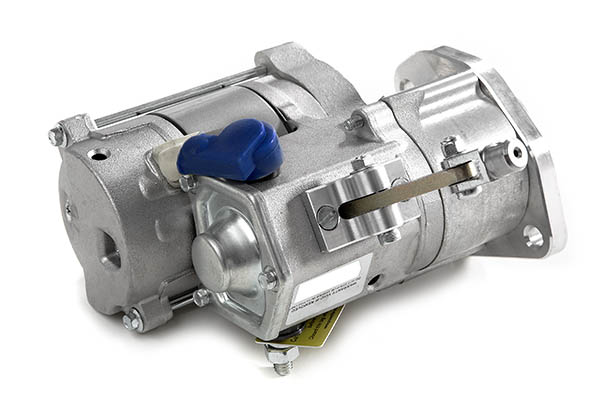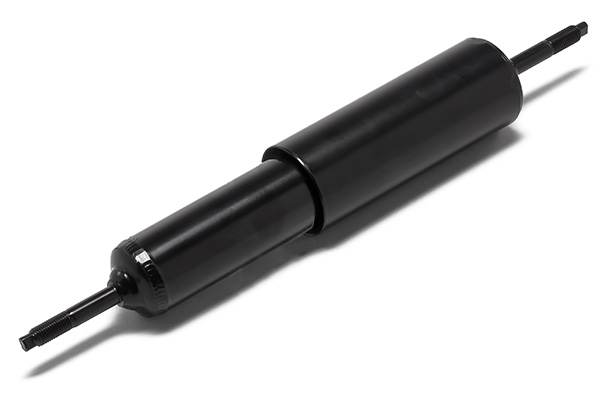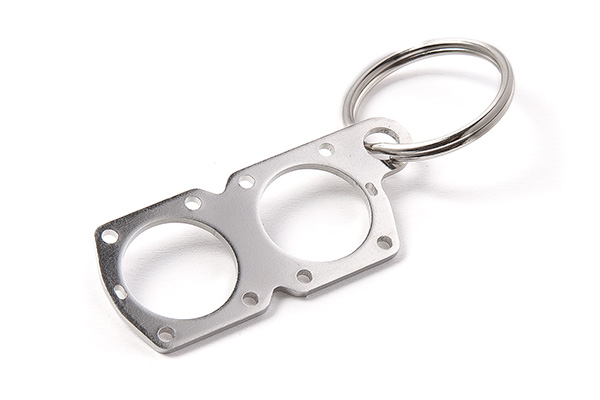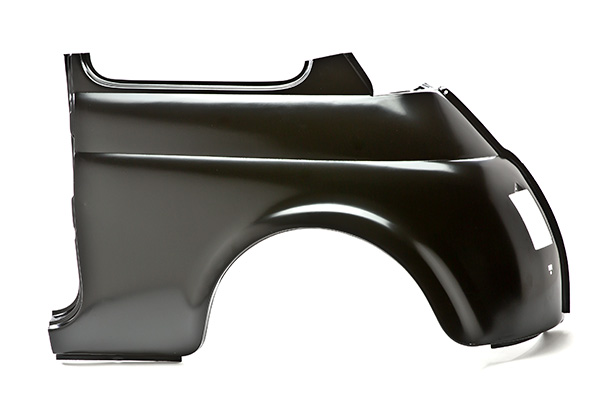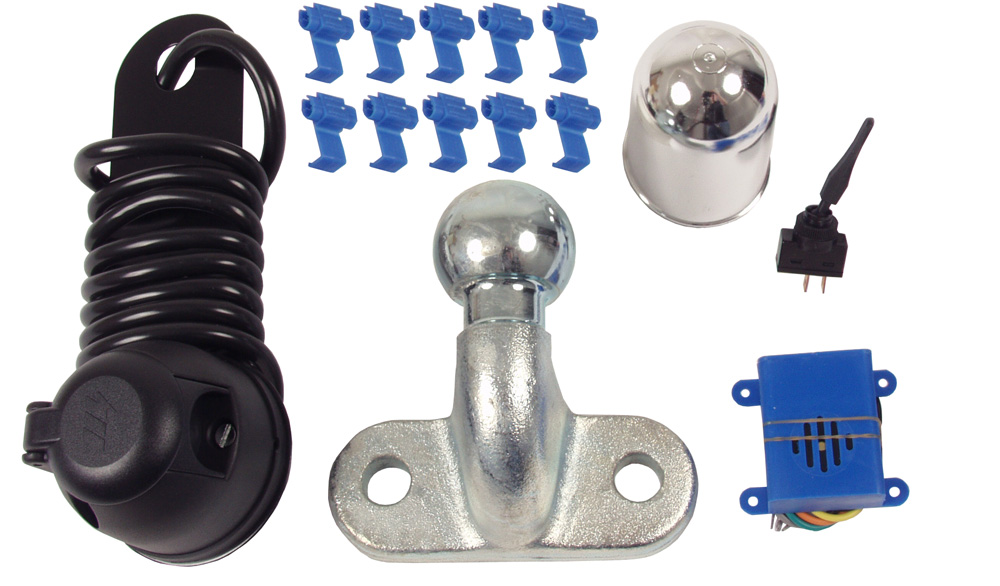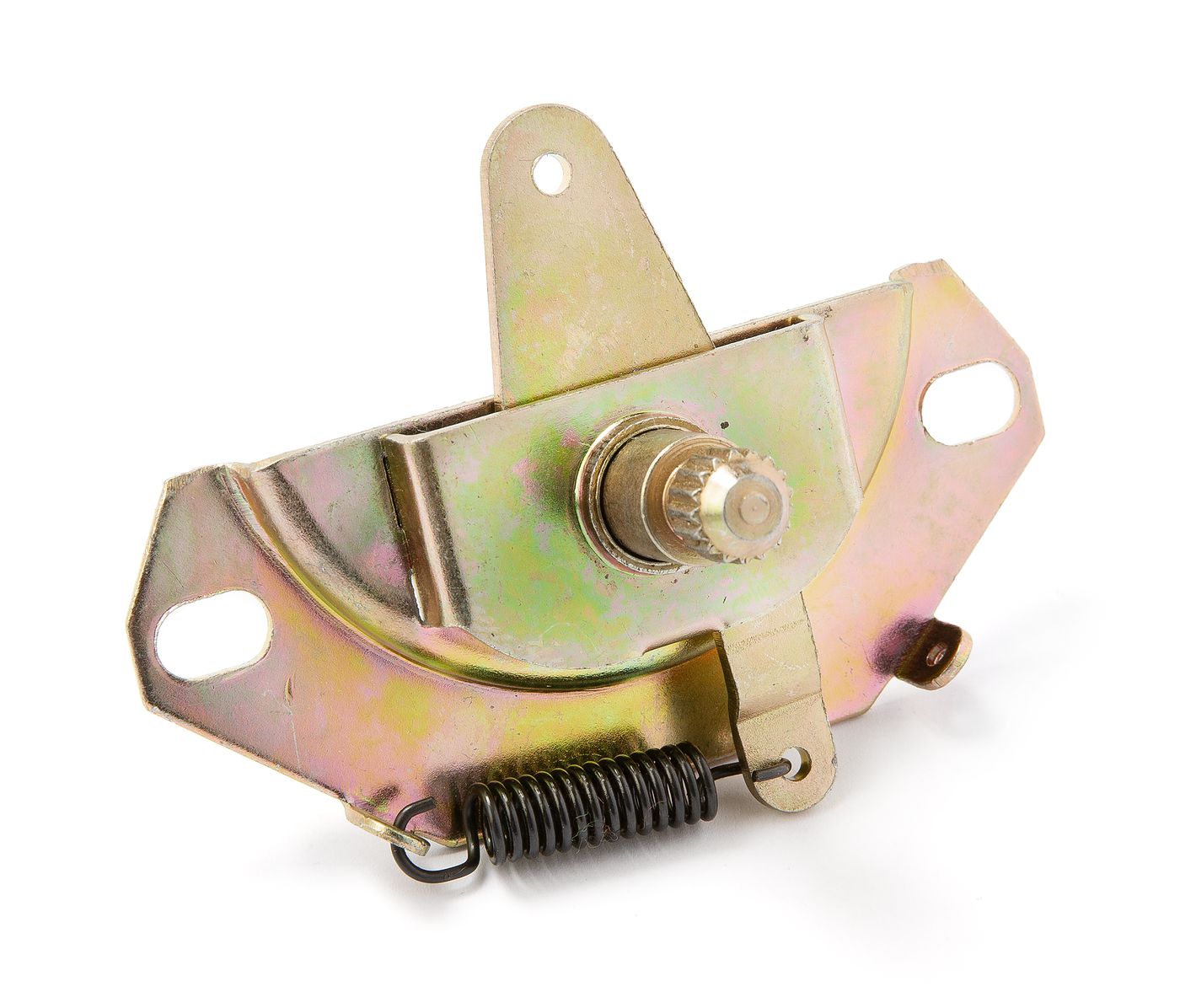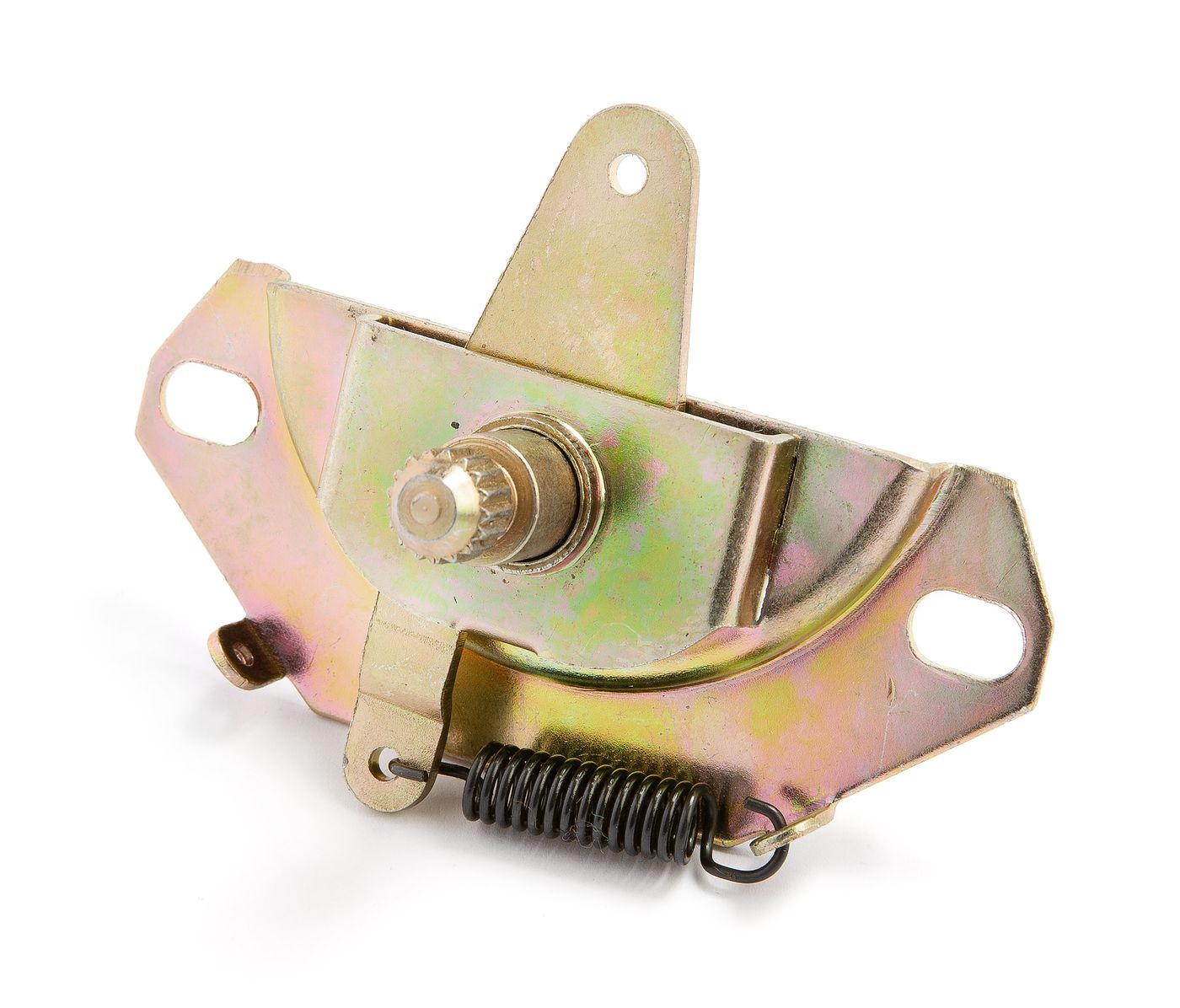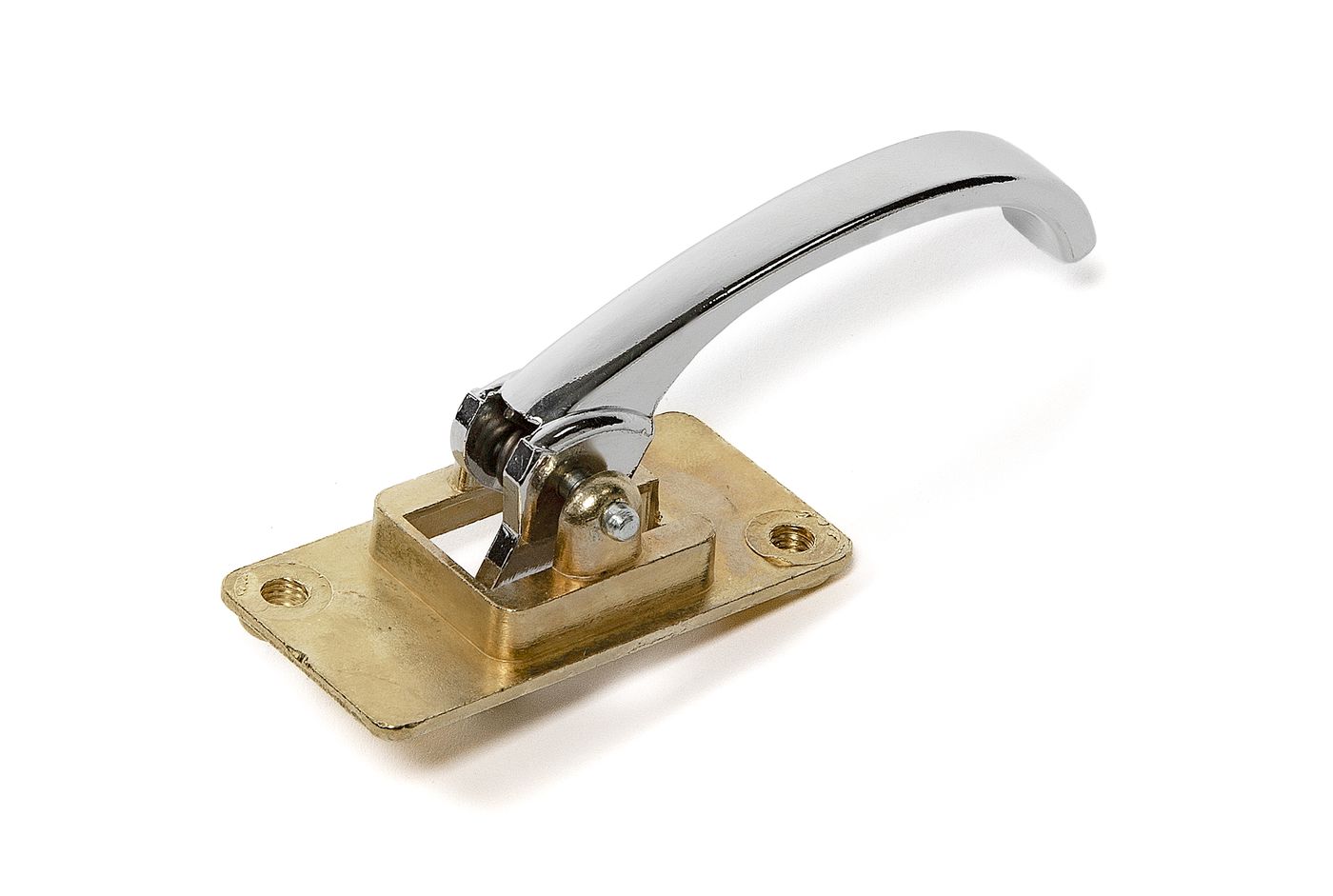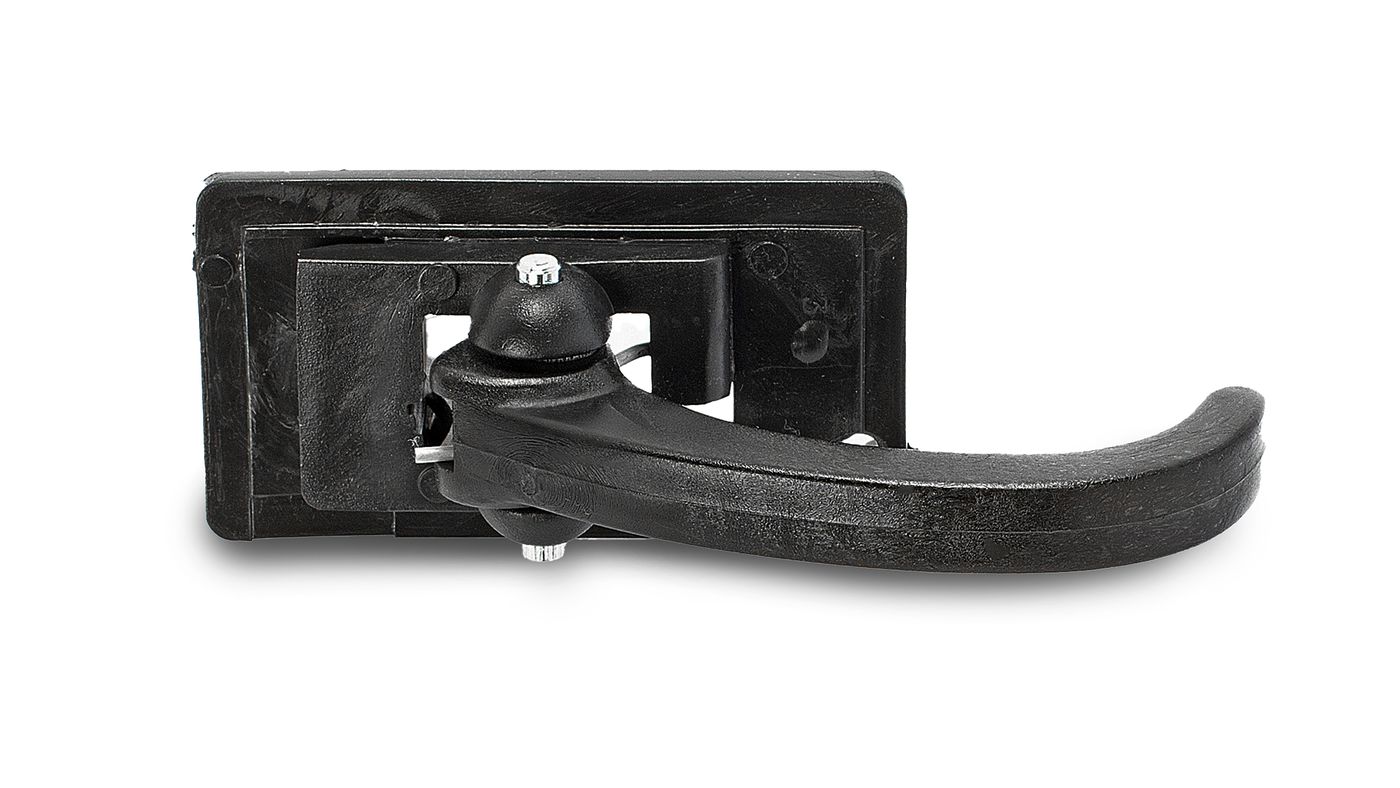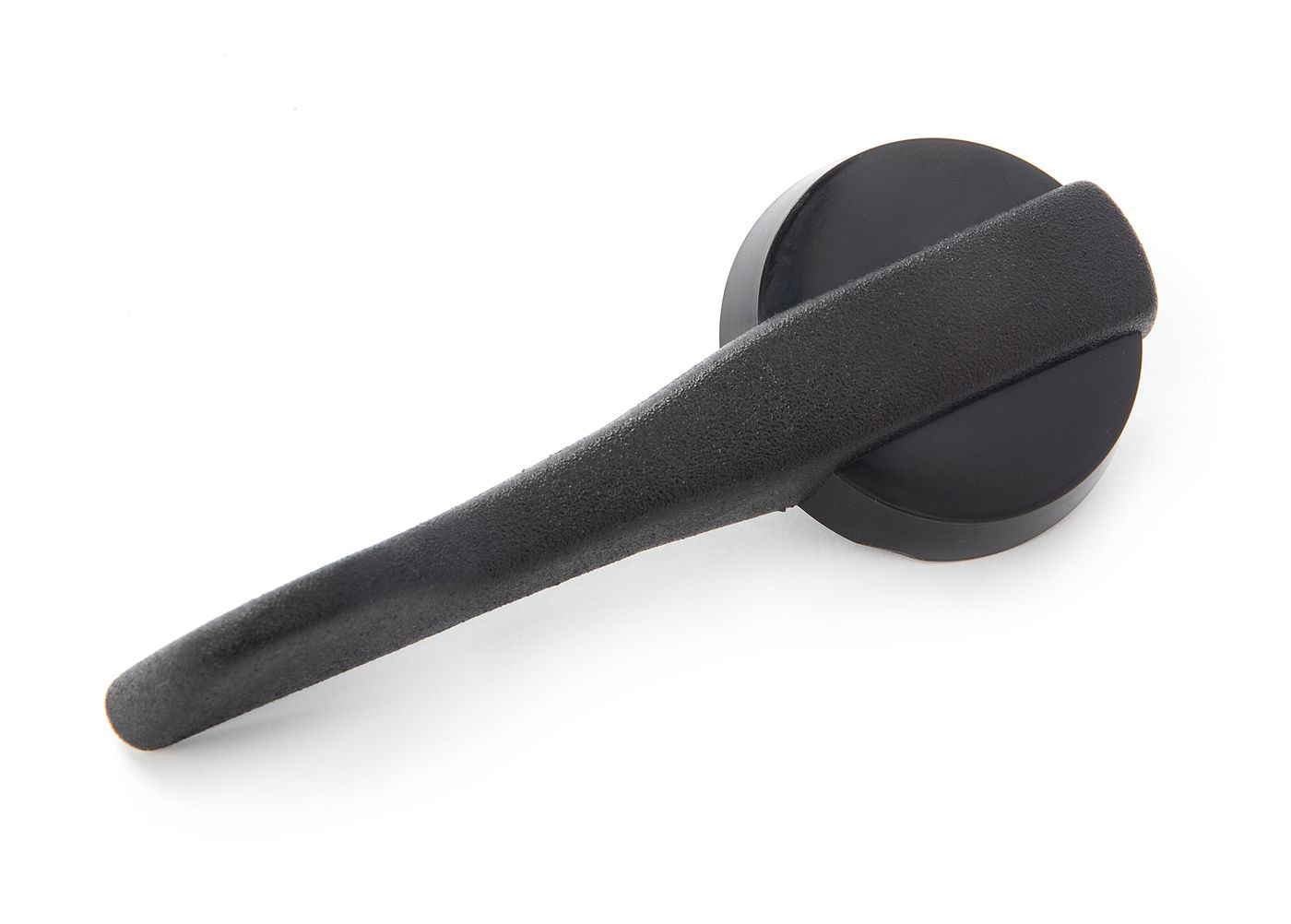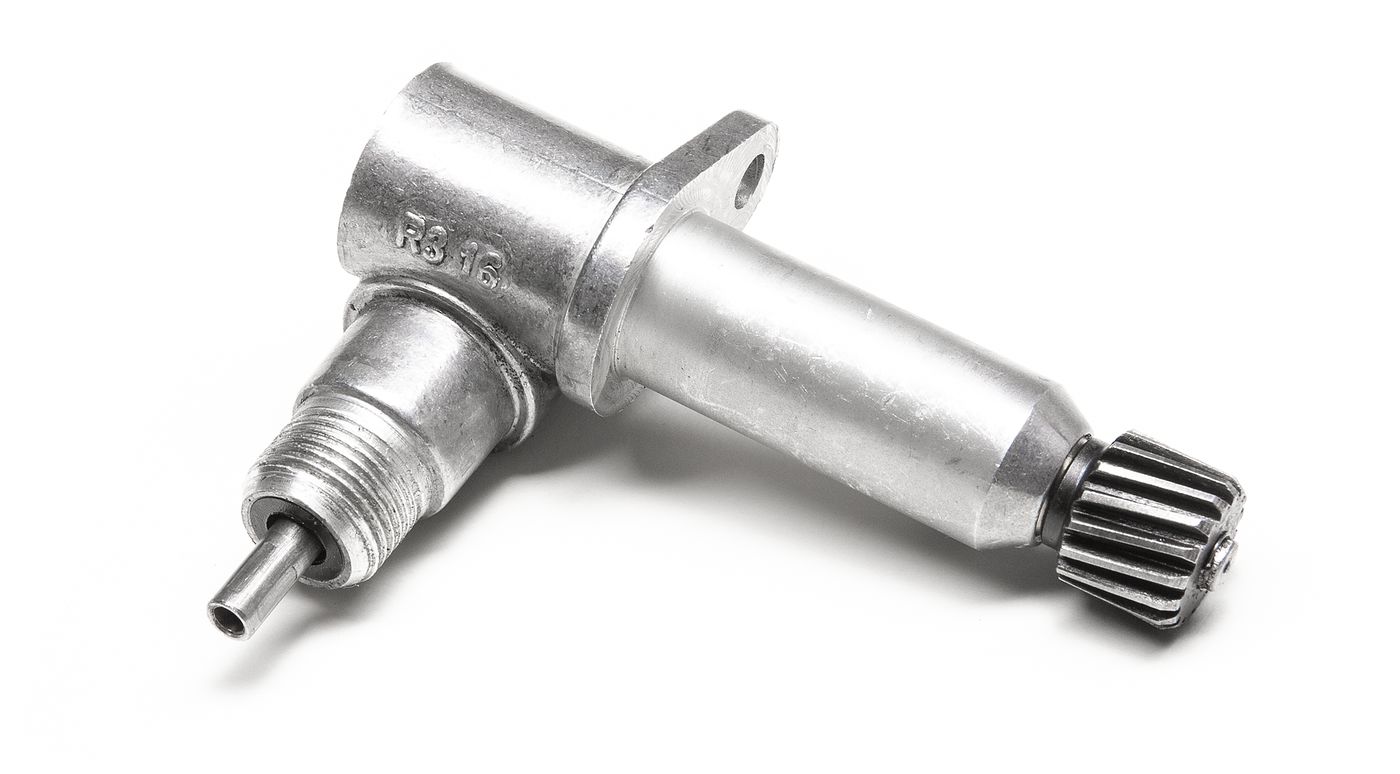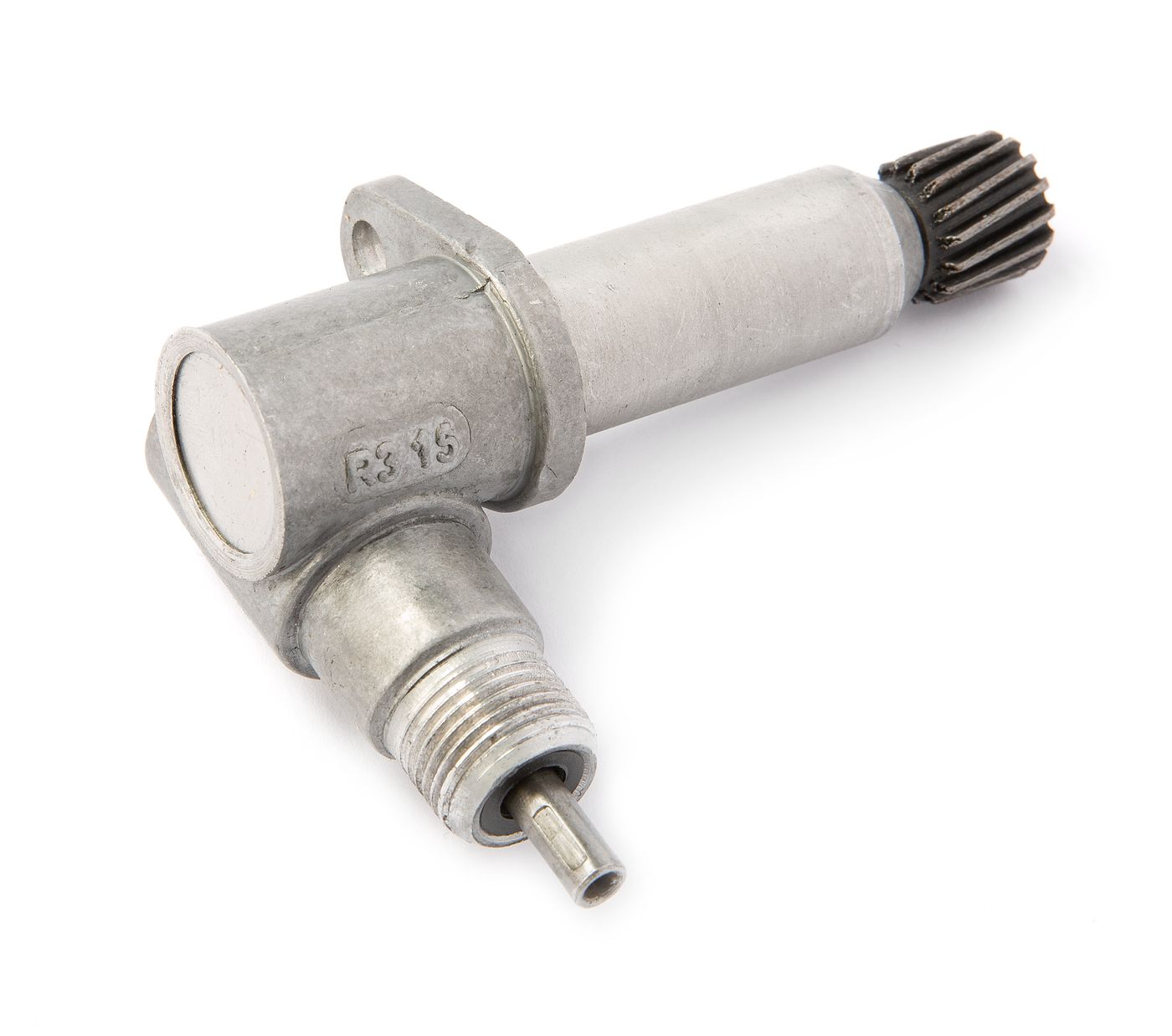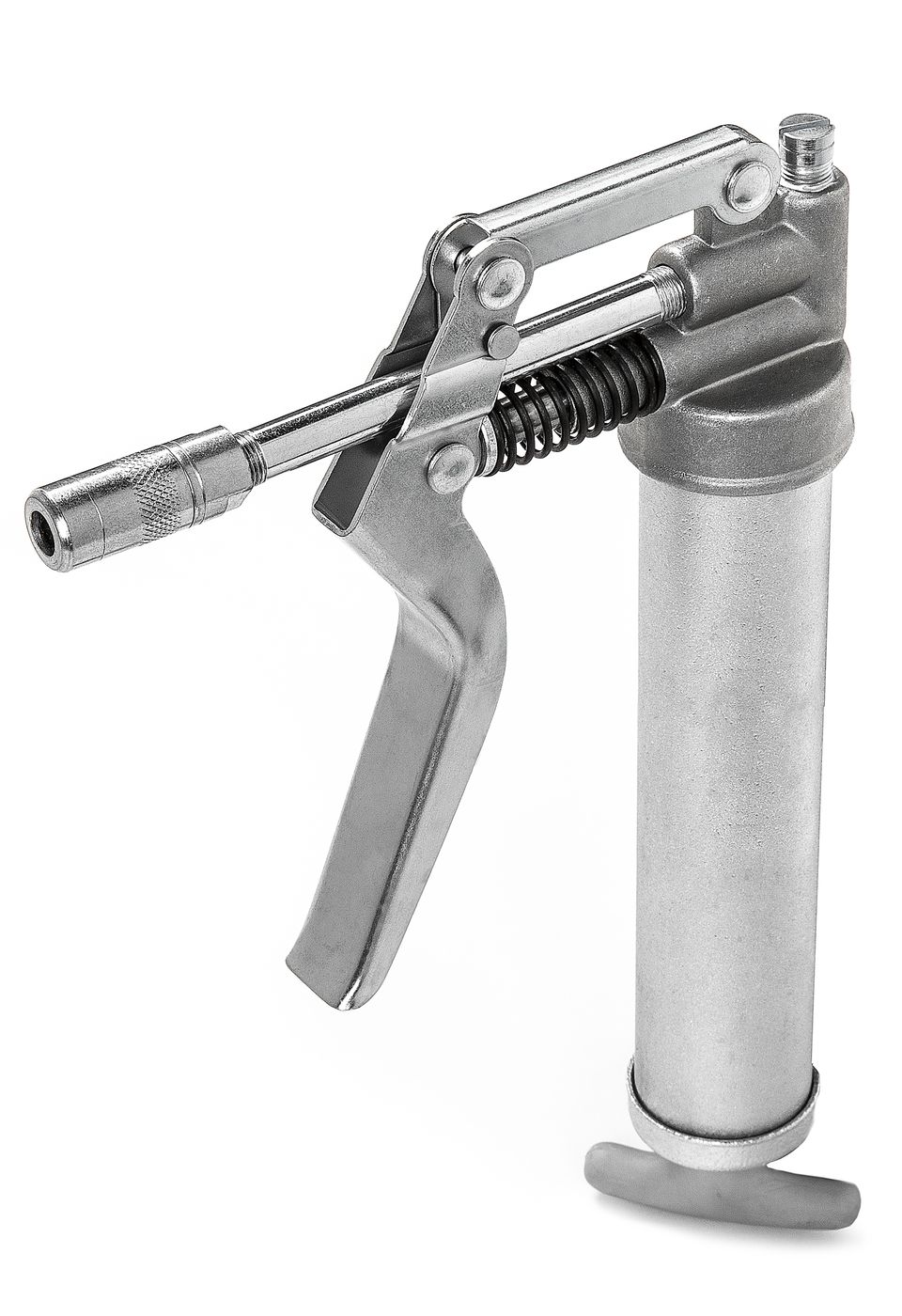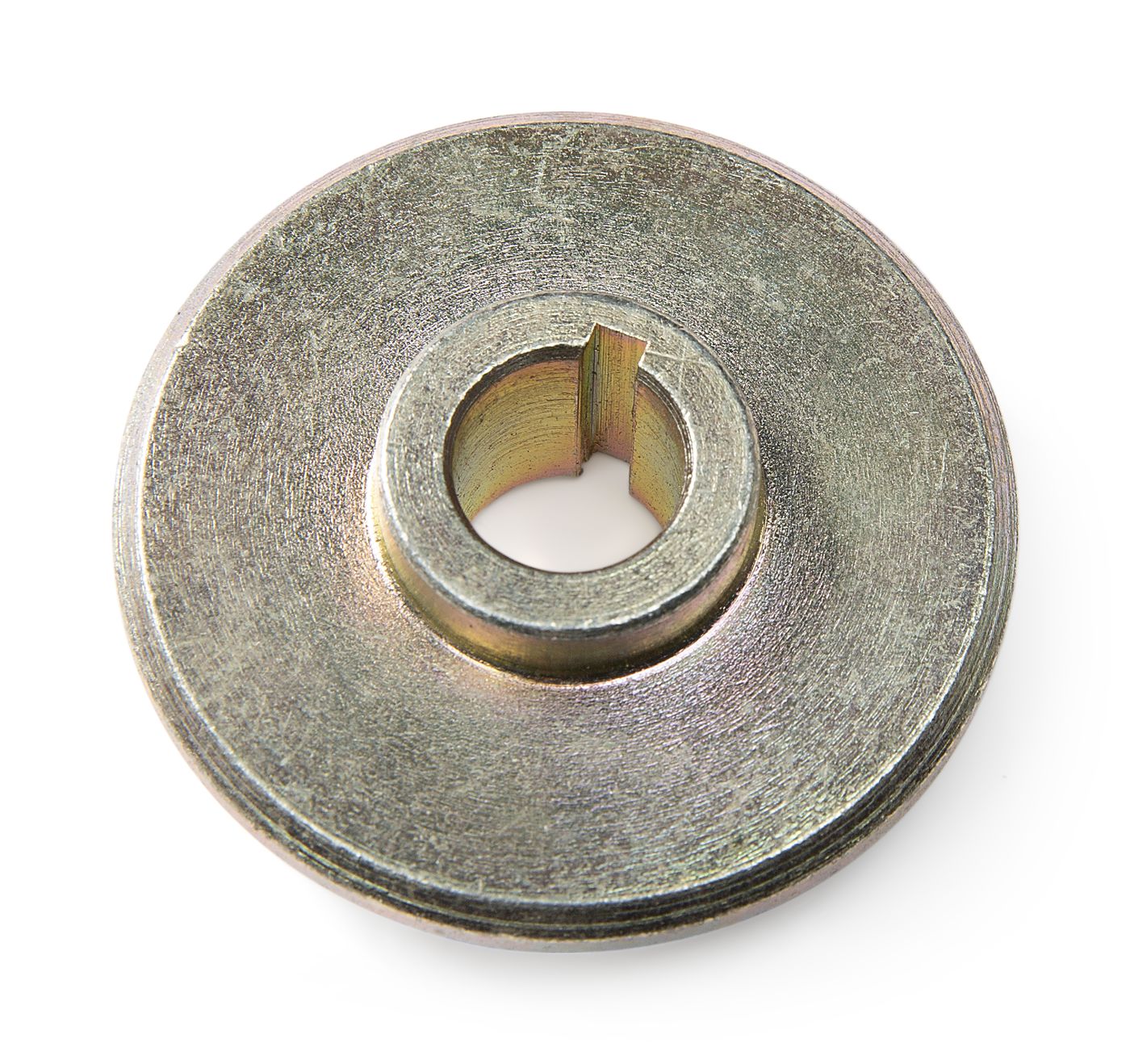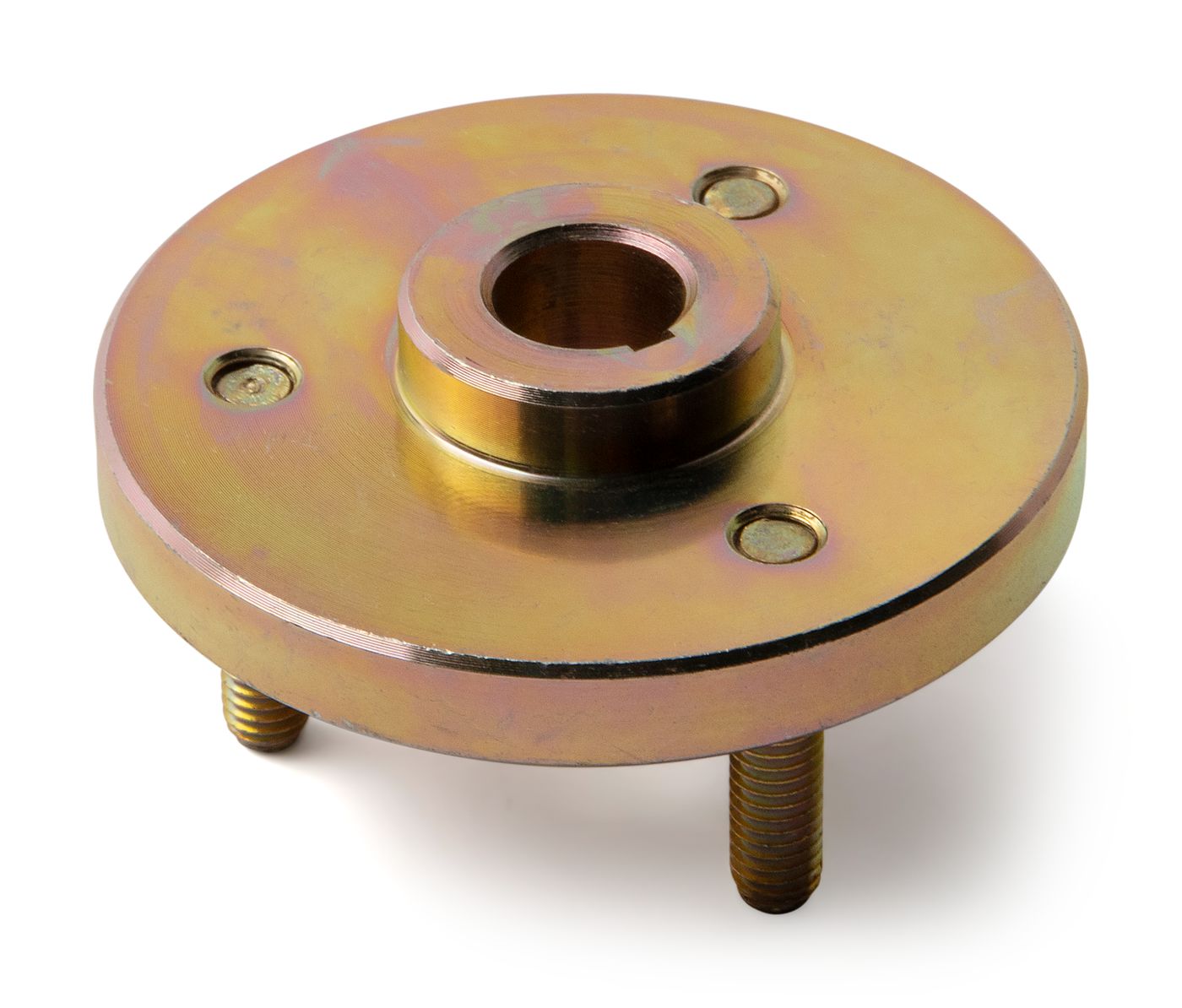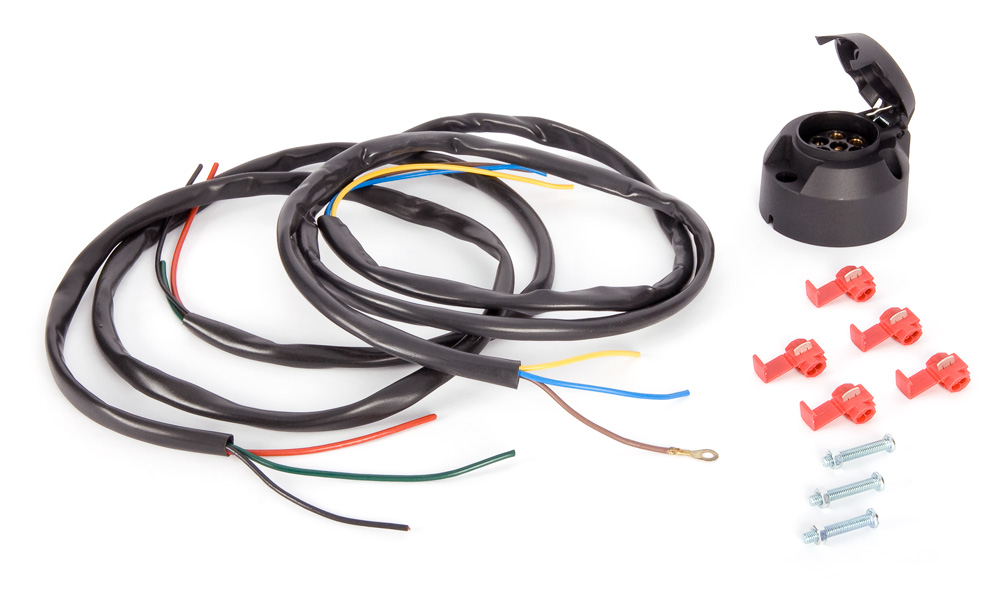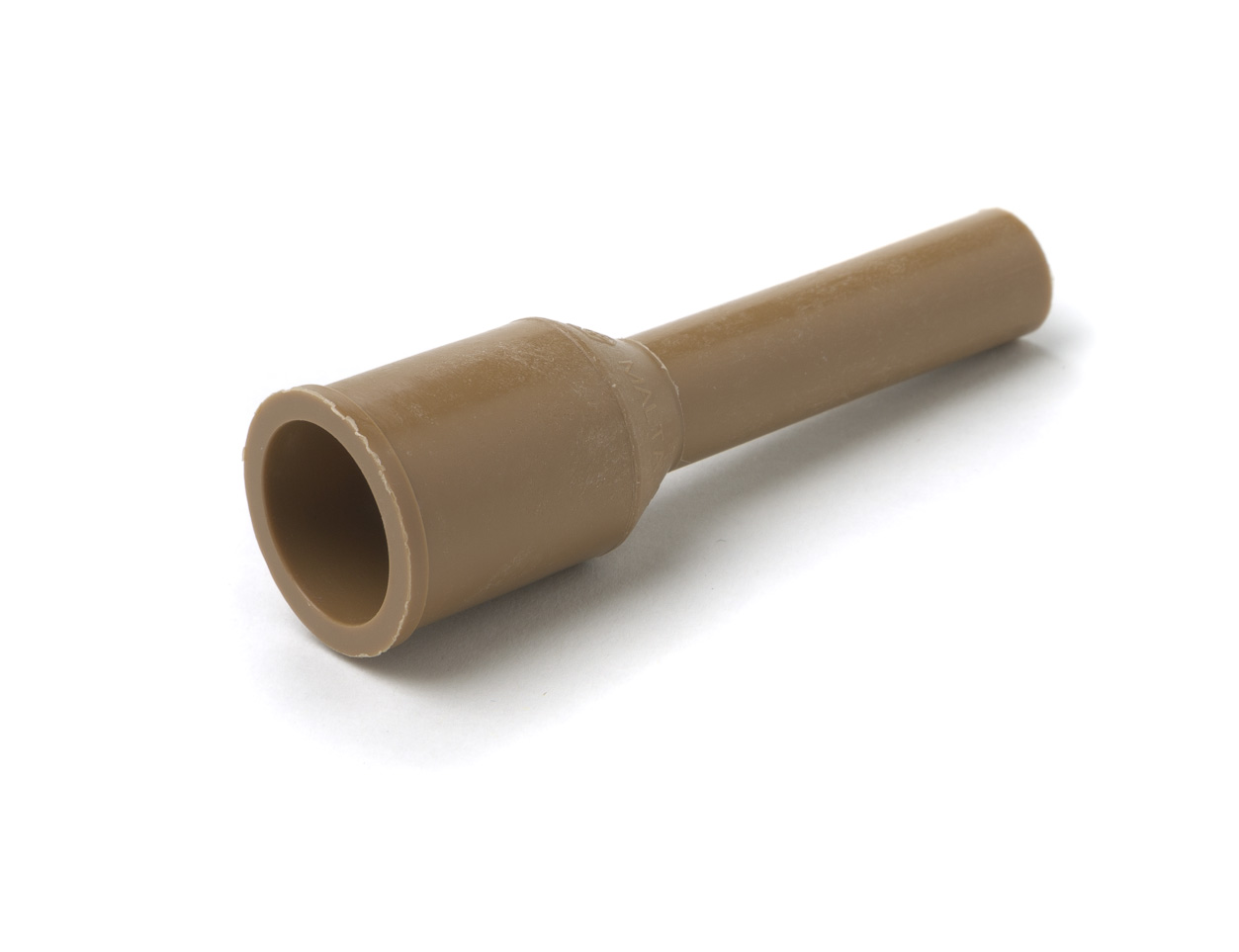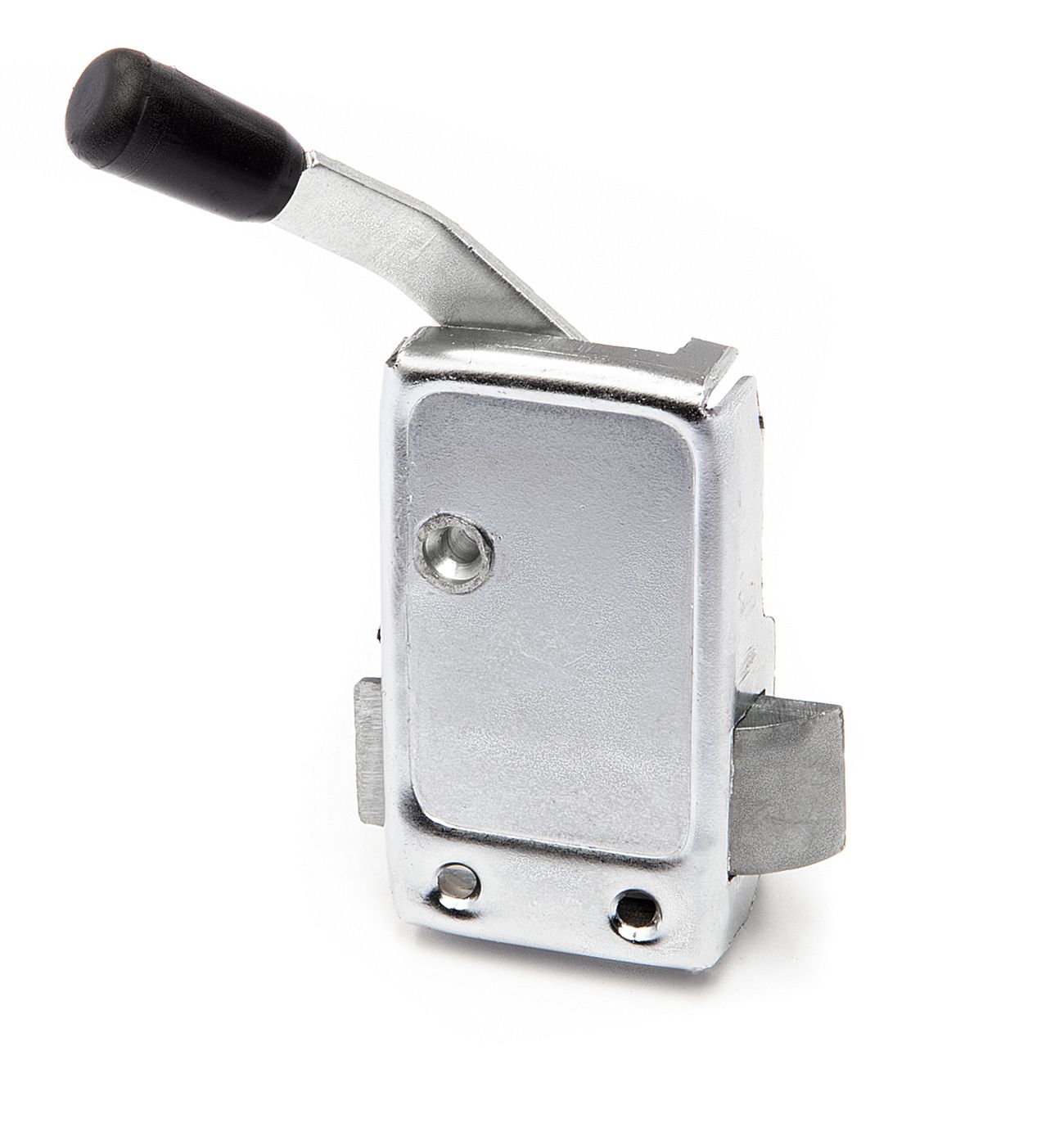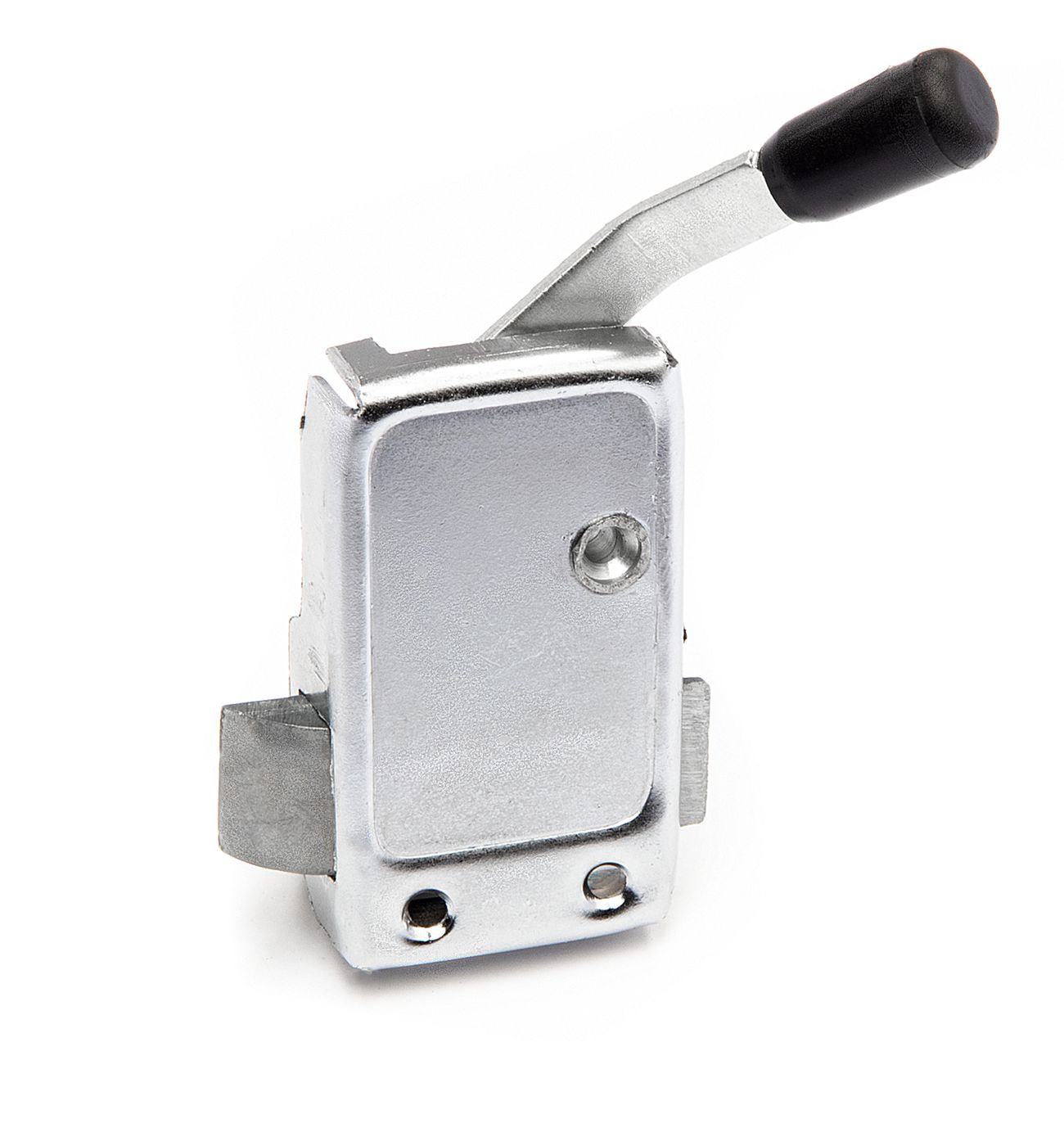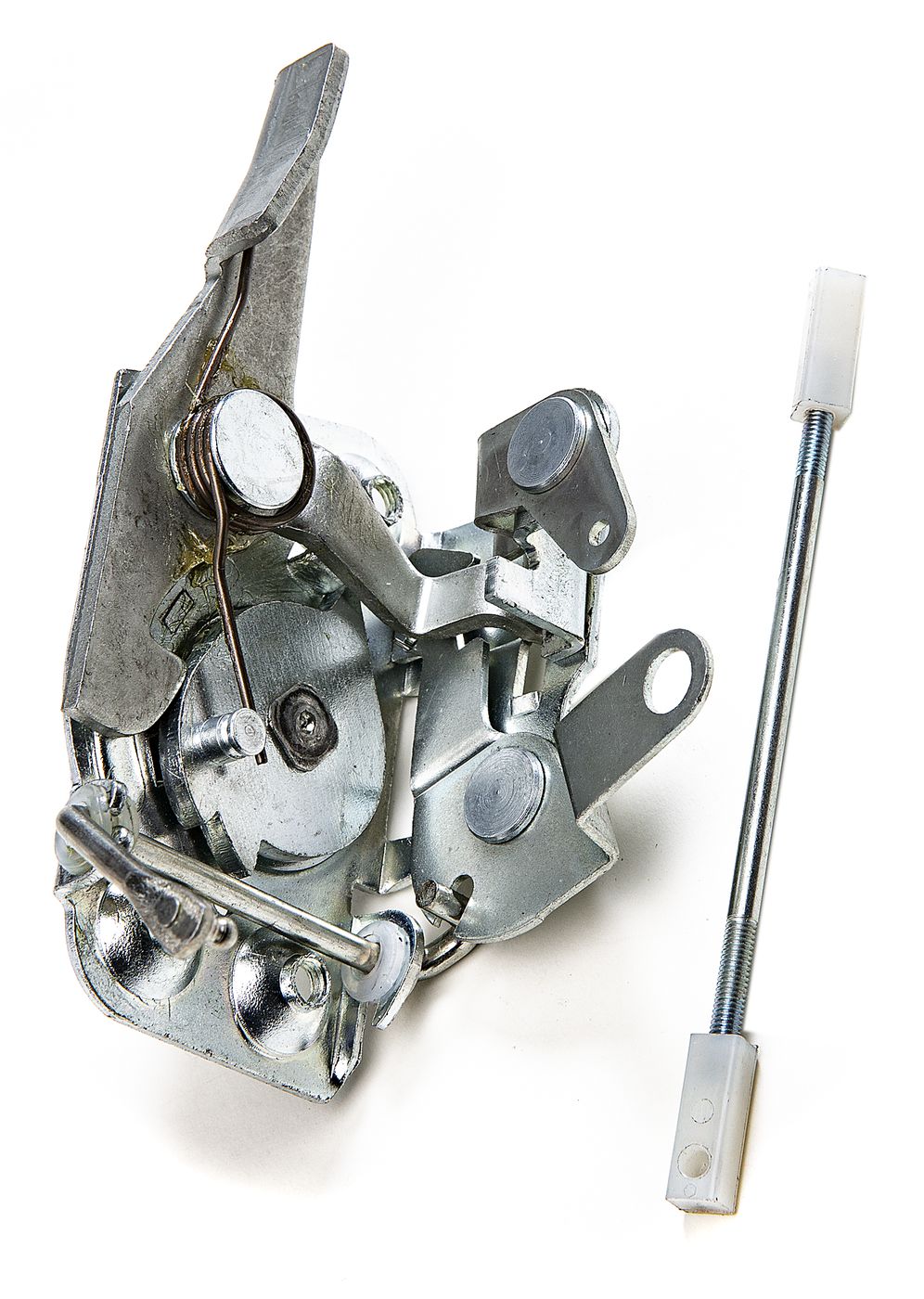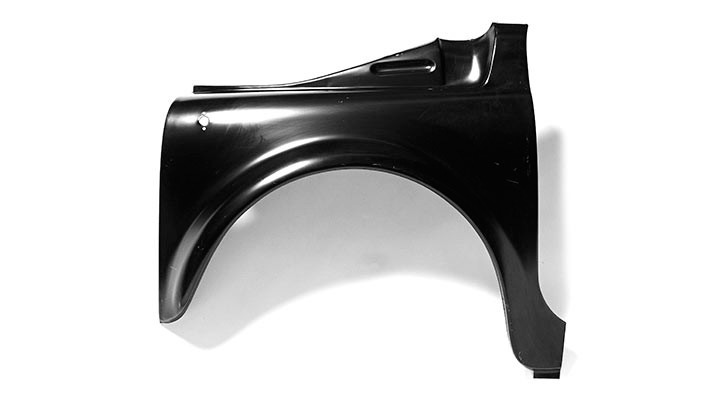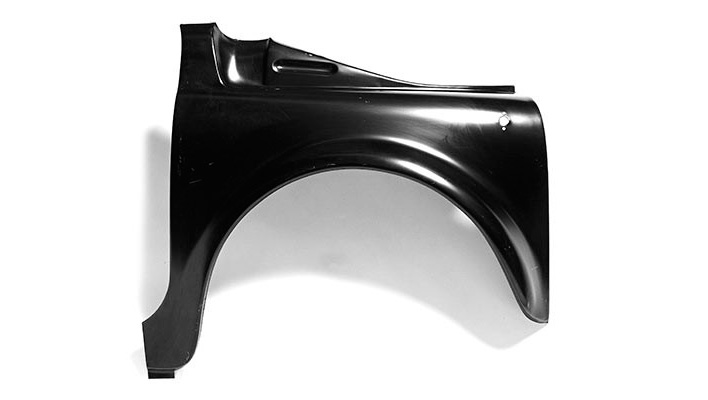
Fiat 500
Presentado en 1957, el coche chocó inicialmente por sus bajas prestaciones y su escaso equipamiento. Una vez subsanados estos dos defectos congénitos y reducido considerablemente su precio, el Fiat 500, diseñado por Dante Giacosa, se convirtió en el modelo de mayor éxito de la marca. En sólo 18 años se construyeron casi cuatro millones de Fiat 500.
Catálogo de piezas de recambio Limora Fiat 500

Jean Göbbels
is a trained bodywork fitter (master) and painter. He bought his first classic car when he was 17 and raved about the Alfa Romeo Giulia. He is a polyglot from Aachen with Belgian roots and has been working on your restoration for decades.
Todos los productos para Fiat 500 de un vistazo
 Moto
Moto
 Caja de cambios y differencial
Caja de cambios y differencial
 Embrague
Embrague
 Sistema de Refrigeración
Sistema de Refrigeración
 Control del motor
Control del motor
 Carburador y filtro de aire
Carburador y filtro de aire
 Fuel system
Fuel system
 Suspensión delantera
Suspensión delantera
 Manifold and exhaust
Manifold and exhaust
 Dirección
Dirección
 Rear axle
Rear axle
 Sistema de frenado
Sistema de frenado
 Ruedas de carretera
Ruedas de carretera
 Sistema eléctrico, encendido, calefacción y salpicadero
Sistema eléctrico, encendido, calefacción y salpicadero
 Body panels
Body panels
 Bumper
Bumper
 Air intake grille
Air intake grille
 Elementos de unión y piezas exteriores
Elementos de unión y piezas exteriores
 Parabrisas y lunas, retrovisores y juntas de goma
Parabrisas y lunas, retrovisores y juntas de goma
 Asientos y piezas interiores
Asientos y piezas interiores
 Competición y accesorios
Competición y accesorios
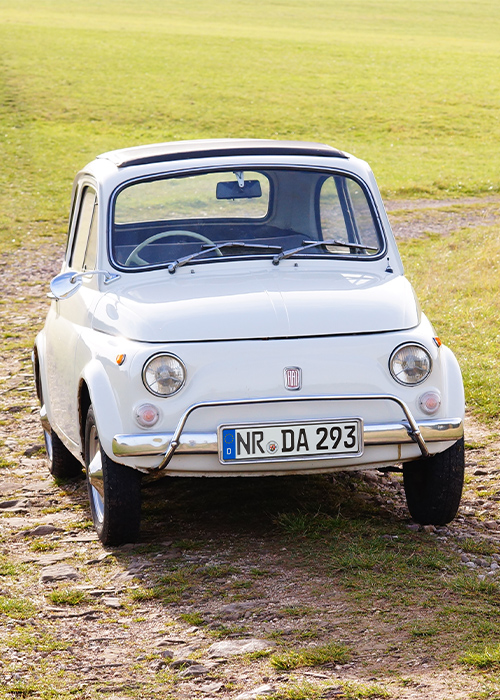
La historia del Fiat 500
Con casi 4 millones de coches vendidos, el Fiat 500 Nuova no sólo fue un símbolo para Italia, el Nuova 500 de los años 1957 a 1975 fue el exitoso intento de Fiat de establecer una clase de vehículo por debajo del antiguo Fiat 500 Topolino. El nombre Nuova se añadió para distinguirlo del Topolino, que se fabricó de 1936 a 1955.
- Motor trasero
- Bicilindrico con refrigeracion trasera
- Carroceria autoportante
- y un chasis completamente rediseñado
Pero las tres series tienen algo en común: Dante Giacosa, que se incorporó a Fiat como diseñador en 1926 y dirigió la marca turinesa como diseñador jefe hasta 1971. El ingeniero pasó a la historia del automóvil como uno de los diseñadores más influyentes. Aquí llamó especialmente la atención con su 500 Topolino. ¡También escribió una fascinante autobiografía, que puede descargarse de Fiat!
Construcción y tecnología del Nuova 500
- El pequeño coche de tracción trasera alcanzaba una potencia estándar de 13,5 CV y una velocidad máxima de 85 km/h, lo que era bastante impresionante, y no sólo en las carreteras italianas.
- La versión deportiva, el Fiat 500 Sport, que se fabricó entre 1958 y 1960, llegó a superar los 105 km/h con sus 21,5 CV -sólo las versiones Abarth alcanzaron prestaciones aún mayores-..
- Además de Abarth, los especialistas en tuning del 500 fueron los hermanos Giannini de Roma, que convirtieron el pequeño coche en un bólido de carreras. Ofrecieron las versiones 590 GT y 500 TV a partir de 1963.
Todos los modelos Fiat 500 de 1957 a 1975 tienen un techo plegable de tela, que perdió la mitad de su tamaño a partir del modelo D. Además del modelo D, también existen el Fiat 500 F, el L y el 500 R, así como la variante deportiva antes mencionada. Sea cual sea modelo, el Fiat 500 cuenta con un gran número de seguidores en toda Europa.
Para obtener información detallada sobre el Fiat 500 y todos los modelos de la serie, solicite nuestro catálogo de piezas de recambio Fiat 500 Limora cómodamente en su casa.
¿Por qué todo el mundo quería el Fiat 500 Nuova?
El Fiat 500 Nuova era ante todo un coche robusto, barato de comprar y de manejar. Al principio, en 1957, costaba 3.390 marcos. Pero como no se comercializó lo suficientemente bien, Fiat bajó pronto el precio a 2.990 marcos. Por un calefactor que no venía de serie, había que pagar un extra, exactamente 180 marcos.
- A modo de comparación, un VW Beetle 1200 Standard costaba entonces 3.790 marcos. Pero había un Isetta 300 por 2.890 marcos y un Goggo T400 por 3.232 marcos.
Como todos los coches pequeños fabricados y vendidos en los años 50, el 500 iba dirigido a un grupo de compradores preocupados por los costes y que, en realidad, se veían más sobre dos ruedas, es decir, en moto. El Fiat era más o menos el equivalente de esto, sólo que con un bonito techo solar sobre la cabeza.
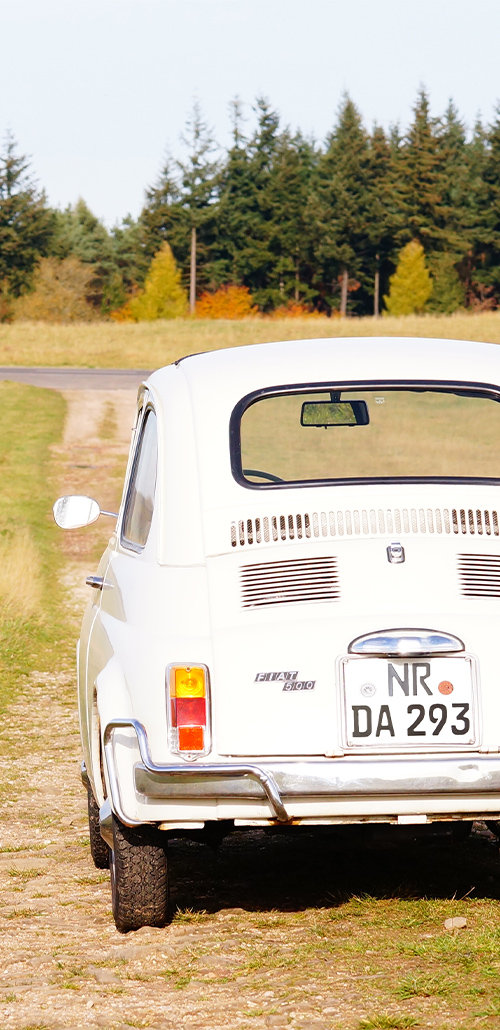
El interior del clásico era tan económico como su consumo y su grupo objetivo. Los asientos para el conductor y el acompañante son construcciones convencionales con base de muelles. Los cojines de espuma descansan sobre una alfombrilla de crin de caballo. Y aunque el Fiat 500 Nuova es muy compacto, no son pequeños en comparación con la competencia de la época y son también muy cómodos. En el asiento trasero más bien sólo había sitio para personas bajitas.
El espacio bajo el capó delantero también se redujo al mínimo, para que los niños pudieran viajar cómodamente.
El espacio bajo el capó delantero también se mantuvo minimalista al máximo: era justo
suficiente para…
- Deposito de gasolina
- Rueda de repuesto
- Bateria
- Deposito del liquido de frenos
- y un pequeño lote de herramientas.
Fiat también era espartana en cuanto a los instrumentos del salpicadero, que estaba pintado del color del coche respectivo: detrás del volante con sus dos radios, sólo había un velocímetro con una luz roja de advertencia de la reserva de combustible.
Las puertas de los primeros modelos 500 seguían montadas en la parte trasera del montante B y, desde la perspectiva actual, se abrían hacia atrás de forma poco convencional. Esto no se modificó hasta el llamado modelo F. En cambio, el Fiat 500 station wagon con el nombre de Giardiniera conservaba las puertas de apertura trasera, razón por la cual no se permitió su venta en Alemania después de 1965.
¿Qué ocurre con los precios actuales y el suministro de piezas de recambio para el Fiat 500?
Los precios del Fiat 500 suben prácticamente todos los años, pero todavía se puede hacer un buen negocio gracias a las elevadas cifras de producción. Se pueden conseguir clásicos en buen estado por tan sólo 6.000 euros. No obstante, conviene tomarse su tiempo para comprobar las ofertas y, en el mejor de los casos, consultar a un profesional.
Como comprador, también debe saber que la mayoría de los 500 que se ofrecen ya han sido restaurados al menos una vez, por lo que es importante comprobar cuidadosamente si son buenos o malos. Como ya se ha dicho, lo mejor a la hora de comprar es pedir consejo a un experto. Ellos saben mejor dónde mirar para evaluar el estado de la carrocería y la tecnología.
El suministro de piezas de recambio es bueno, siempre que se decida comprar un modelo construido en 1965 o posteriormente. Sin embargo, el suministro de piezas de recambio para piezas técnicas se considera siempre bueno debido a las grandes cantidades. Además, Limora suministra todas las piezas de recambio de Fiat 500 directamente del almacén.
Fiat 500: Recambios en Limora
El Fiat 500 es sinónimo de estilo de vida italiano, economía y placer de conducción, así como de la mejor tecnología en el mínimo espacio. No es de extrañar que la tradición del 500 se haya trasladado con tanto éxito a la década de 2010 con nuevos modelos de estilo retro, en 2021 incluso como modelo puramente eléctrico
Sin embargo, si posee un Fiat 500 Nuova clásico, ha llegado al lugar adecuado: en Limora disponemos en stock de todas las piezas de serie y de una amplia gama de mejoras técnicas, siempre asesoradas por un profesional. No dude en ponerse en contacto con nosotros en cualquier momento si tiene alguna pregunta, ¡esperamos recibir su Fiat 500!
